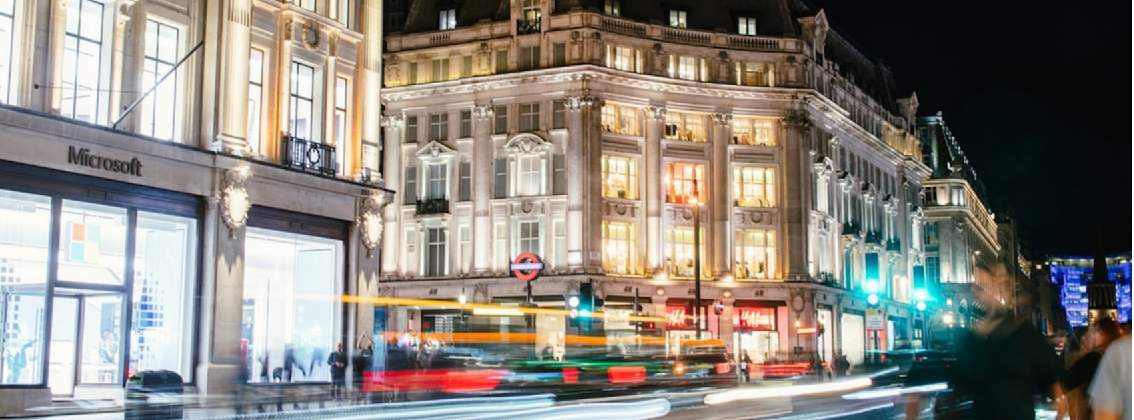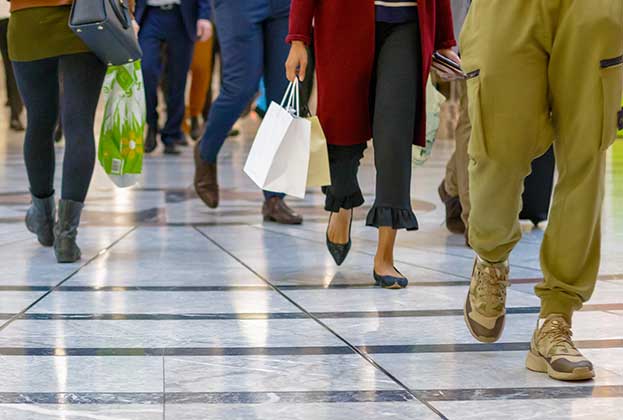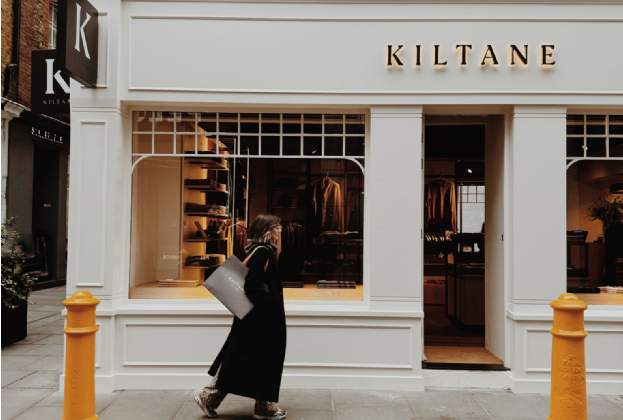The theme of repurposing has been very prominent in the retail sector in recent years, giving rise to more mixed-use redevelopment and breathing life back into redundant retail space. To some extent, this has been happening across London for some time but the last year has seen an acceleration owing to the challenges brought about by the pandemic.
While the longer term fundamentals for prime retail in London remain robust, with office workers and tourists undoubtedly returning in the future, insolvency activity has resulted in an increase in the availability of assets in the city’s key shopping districts. Therefore, repurposing underutilised spaces could provide a profitable and sustainable solution that will both support the existing retail while also providing a new and differentiated offer.
So what are the options?
Leisure, food and beverage (F&B) and new entertainment concepts have, and will continue, to provide obvious advantages through increased footfall, social benefits and supporting the night-time economy. There are a handful of great examples across London in which this shift has already taken place, including the former BHS Oxford Street store which was repositioned to include a smaller retail unit alongside an urban golf concept and F&B offer.
This isn’t the only logical route, however, with office conversions becoming increasingly sought after (albeit recent shifts in office vacancy may temporarily challenge the viability of retail-to-office conversions). The size and configuration of some retail units across the West End bode well for easy conversion, with high profile examples including John Lewis, which announced in January that 45 per cent of its Oxford Street flagship is due to be converted into office space leaving a remaining four floors for retail. Similarly, Westfield London has submitted plans to reposition part of the scheme, to include co-working office space.
The adjustment to the planning system as of September 2020, introducing Class-E and removing the need for planning permission for a switch between retail, F&B, offices/professional services, health centres, gyms and indoor recreation will undoubtedly ease any change in use class going forward. However, in many cases a complete use class shift isn’t necessary and the preservation of prime retail assets across the West End is pivotal in order to maintain its status as an international shopping destination.
The most successful recent locations have provided a more mixed retail tenant offer in comparison with the traditional retail offering we may have seen previously. For example, the rise in demand from technology companies for prime retail space has increased dramatically, with Microsoft opening its first flagship on Oxford Street. These sites in ordinarily high footfall locations can provide great exposure for companies to showcase new products.
Ultimately, a more flexible and mixed-use approach goes hand in hand to promote the local economy, whether that’s through evening footfall generated from leisure concepts or heightened local workforce spend from the introduction of more office space. In the case of key streets such as Oxford Street, this will undoubtedly open opportunities to cement longer term social and economic resilience.
Meanwhile, the scheduled infrastructural improvements, such as Westminster’s £150 million regeneration plan and two new Crossrail stations, will no doubt strengthen the appeal of the iconic high street into the future.
Further information
Market in Minutes: Central London Retail

.jpg)







.jpg)
